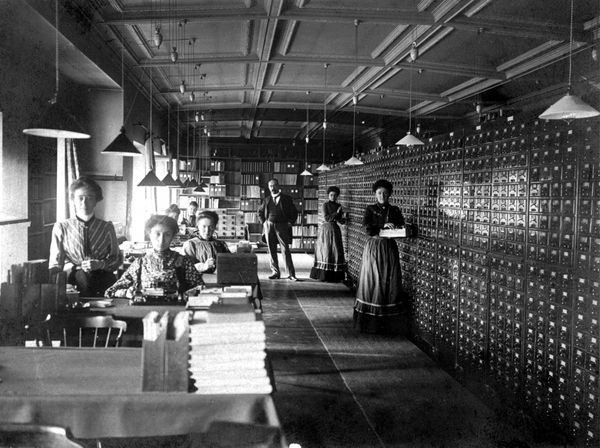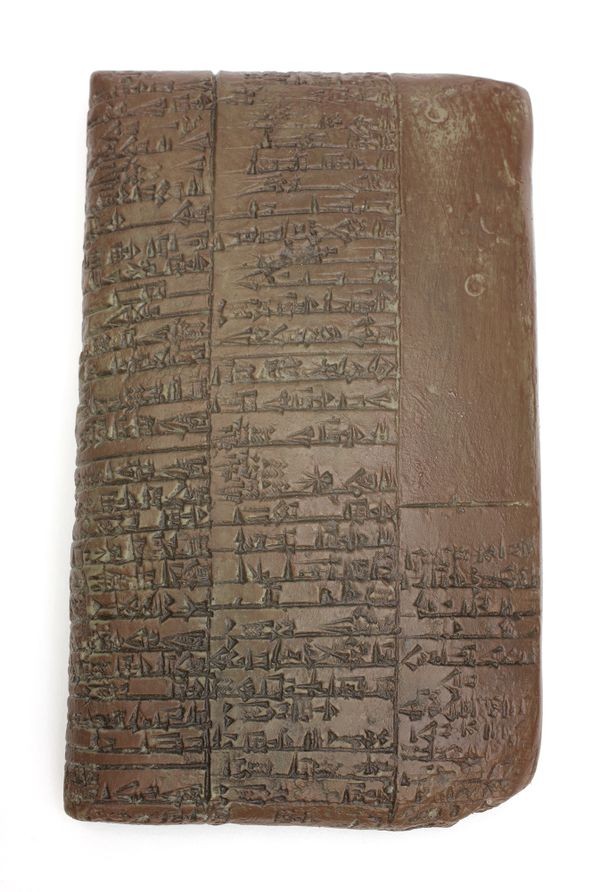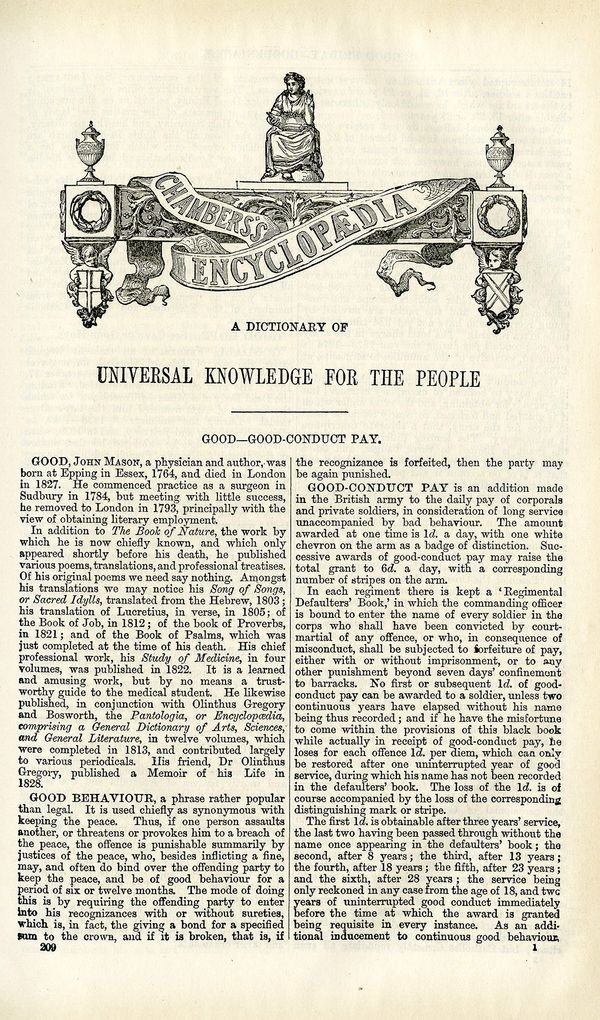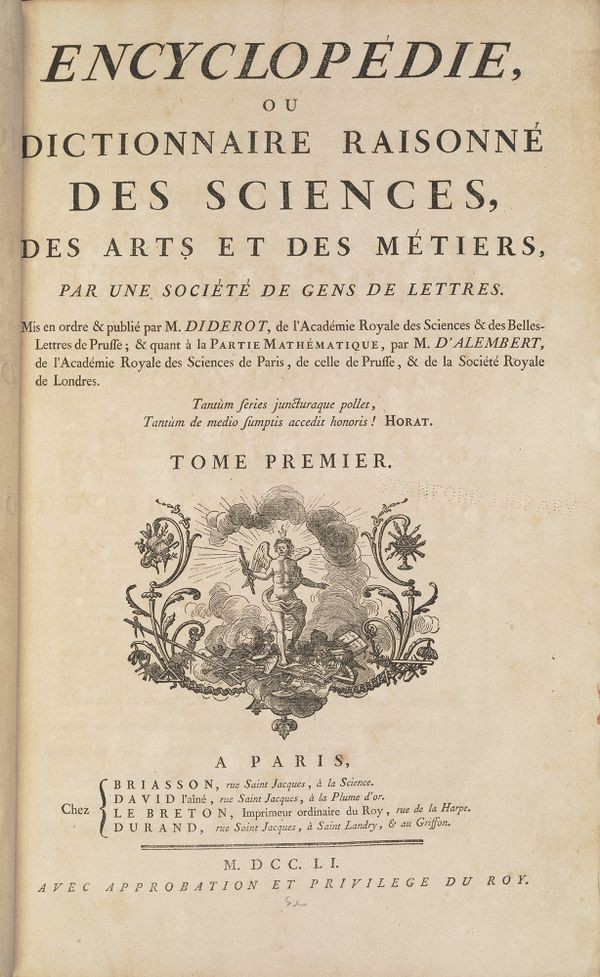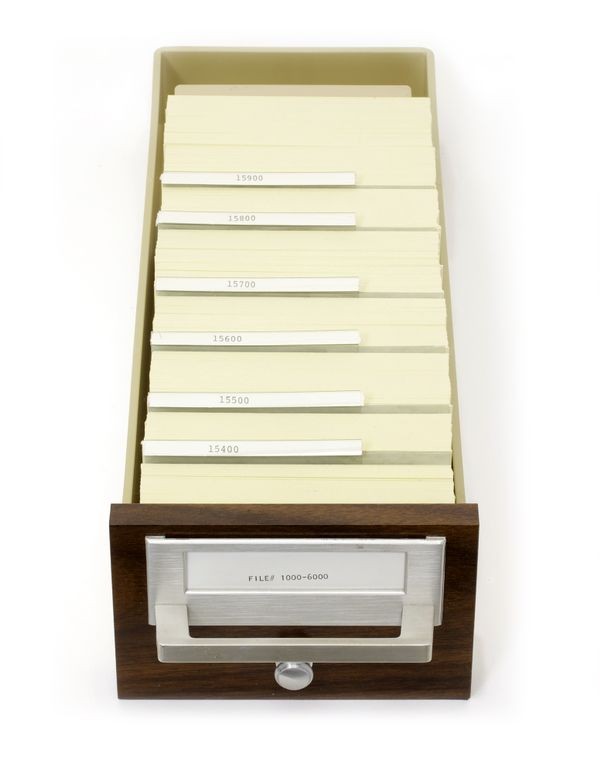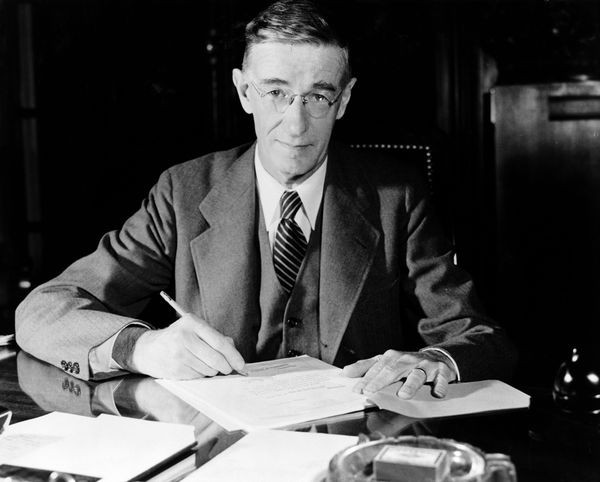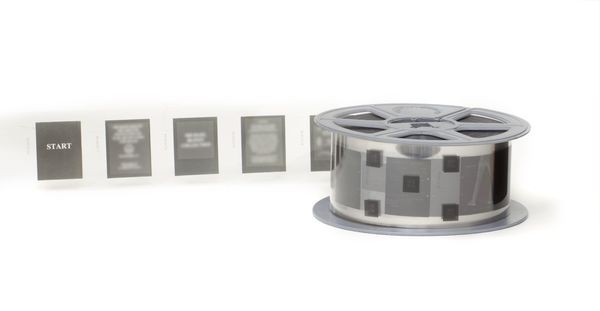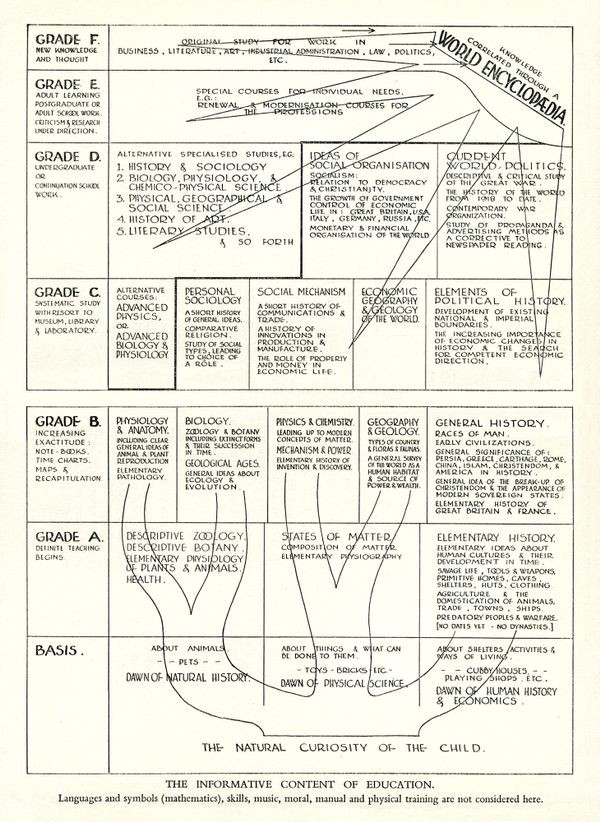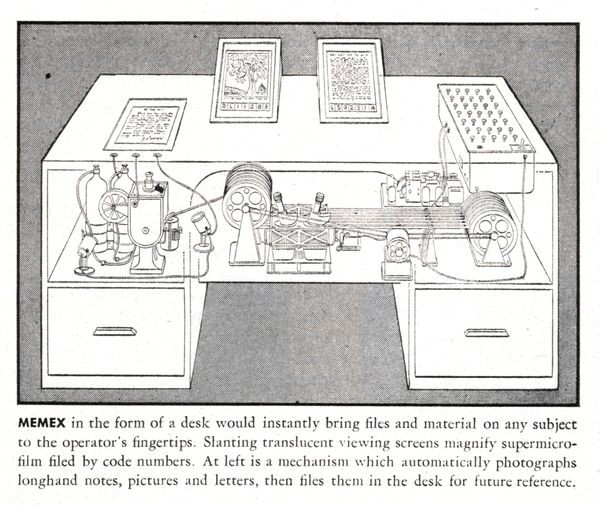Navigating Information
Palais Mondial (World Palace), later Mundaneum
In 1934 Otlet and La Fontaine’s Mundaneum had over 15 million cards on thousands of topics. Otlet had also experimented with microfilm, photocells, televised documents and telex.
Navigating Information
Ever since the earliest hunter-gatherer asked a neighbor where to pick the best berries, humans have shared—and searched for—information.
Originally, people talked. You asked a question; you got an answer. But when people began storing information as writing, it was sometimes hard to find things.
One answer was to organize information by subject. Another was to create cross-references, like indexes and tables of contents.
As printed knowledge grew, tools for navigating it were critical for enabling the scientific revolution. Today the Web provides us an unprecedented knowledge navigation tool. What revolution will it enable?
Mesopotamian medical tablet replica
Cross-references date nearly to the dawn of writing; some clay tablets referenced other tablets. Cross-references became a standard literary tool, from citations in Greek and Roman literature to the annotations of the Hebrew Talmud.
View Artifact DetailChamber's Encyclopedia: A Dictionary of Universal Knowledge for the People - Volume V
The decreasing cost of printing made large reference works like encyclopedias accessible to ordinary people. Centuries earlier, printers had added consistent page numbers to books, which made cross-references easier to follow.
View Artifact DetailDiderot’s 18th century encyclopedia page
From the Library of Alexandria to the Chinese Books of Song, knowledge repositories depended on cross-referencing. Encyclopedists like Diderot pioneered modern information organization.
View Artifact DetailLibrary card file drawer
By the late 19th century, inexpensive printing had produced what was then called the “information flood.” Card catalog systems organized knowledge by applying encyclopedia-like subject categories to entire libraries.
View Artifact DetailOrganizing All the World’s Knowledge
Belgian Paul Otlet had a modest goal: collect and organize all the world’s knowledge.
Otlet co-created a massive “search engine” in the early 1900s. His Mundaneum combined enhanced card catalogs, photos, documents, and then-new microfilm.
In the 1930s, American scientist Vannever Bush and British writer H.G. Wells advanced similar goals—Wells with his “World Brain” essays and Bush with the Memex, a sort of microfilm-based Web browser.
These approaches to organizing information differed. But all shared key features of today’s Web, including automated cross-references. We call them hyperlinks.
Paul Otlet at desk
Lawyers Otlet and La Fontaine were peace activists and internationalists, active in the League of Nations. They believed access to knowledge could solve society’s problems.
View Artifact DetailVannevar Bush
An analog computing pioneer, he helped lead the development of the atomic bomb. He realized the speed of machines could transform cross-referencing from a cumbersome extension of printed text into a revolutionary medium in itself, later called hypertext.
View Artifact DetailMicrofilm
Microphotography offered both easy reproduction and space compression; this sample contains pages reduced about 25 times. The technique, nearly as old as photography, became commercially popular around 1900 as a “hot” new medium with many applications.
View Artifact Detail"World Brain," H.G. Wells
Best known for his prophetic science fiction, Wells wrote encyclopedia entries popularizing an idealistic vision like Otlet’s and Bush’s: that access to knowledge could improve society.
View Artifact DetailMemex conceptual sketch
With side-by-side displays, the never-built Memex desk would have let a user compare and create links between microfilm documents.
View Artifact Detail